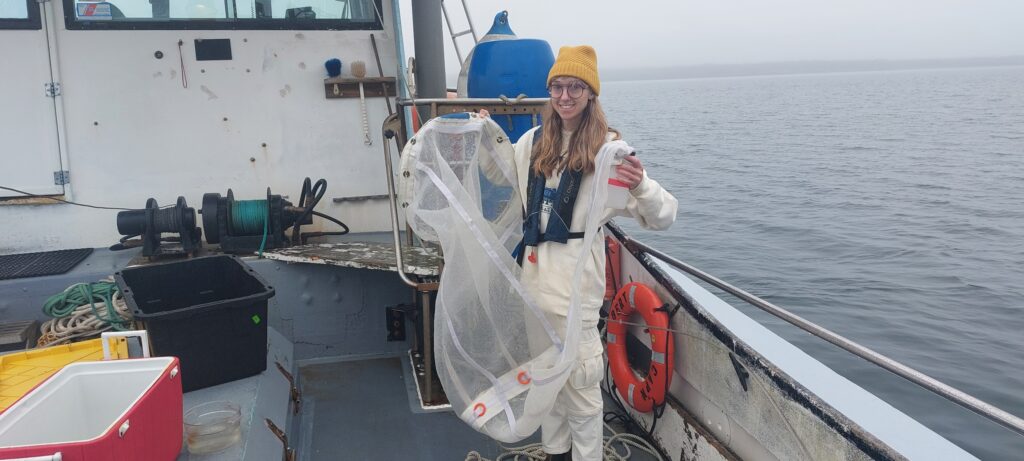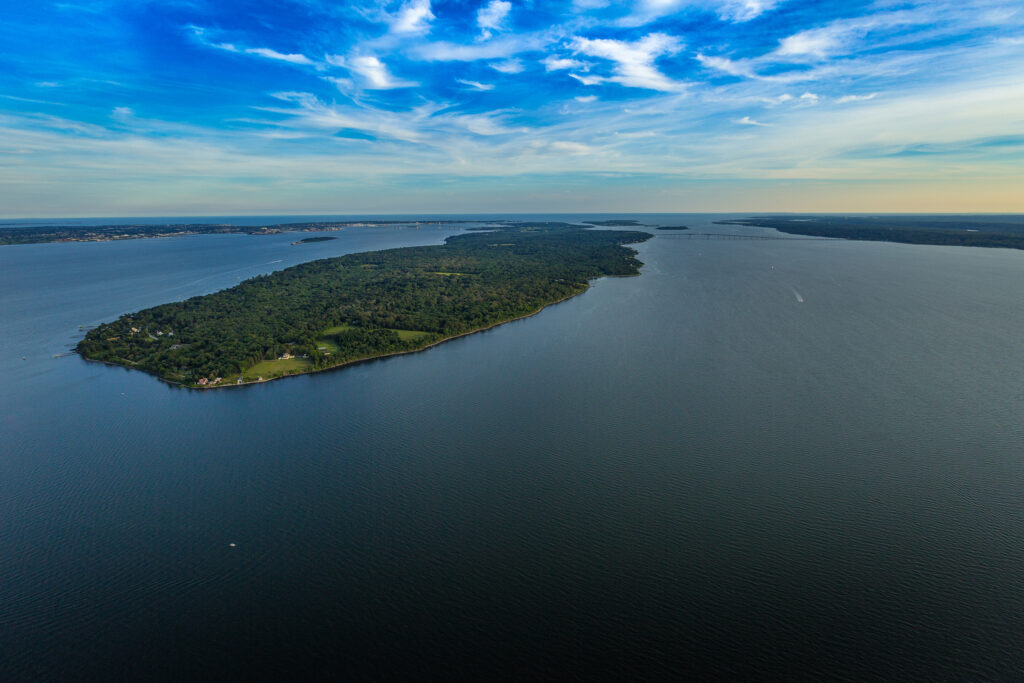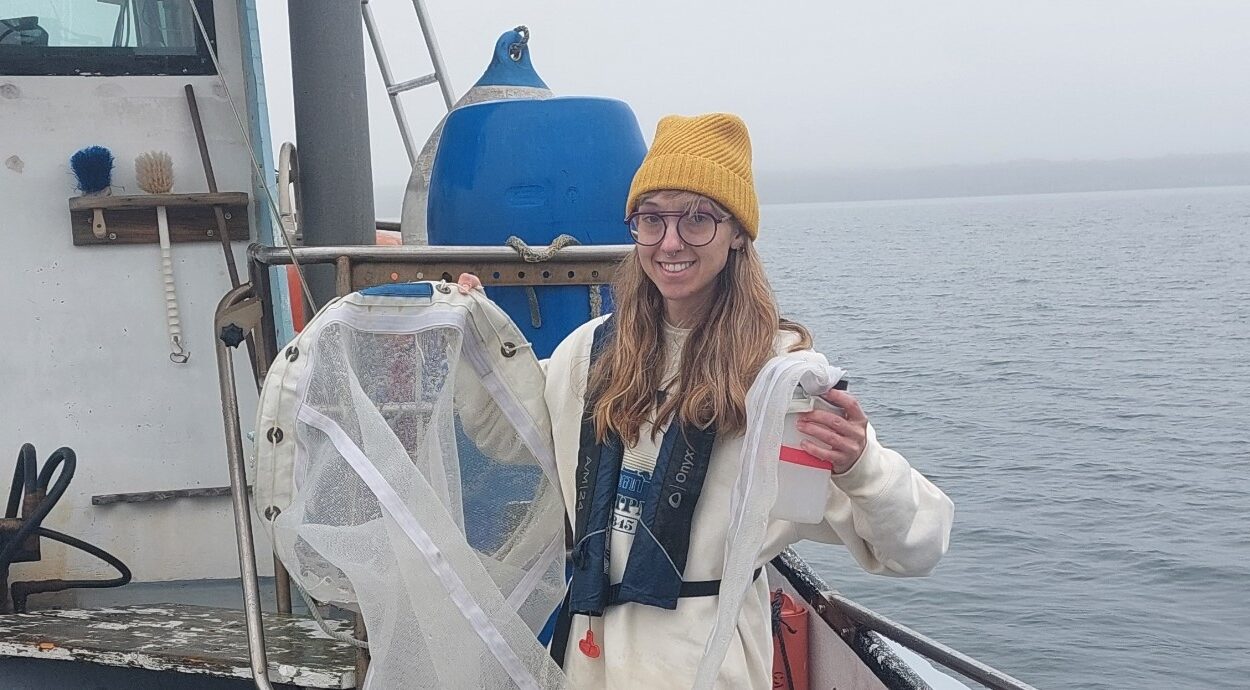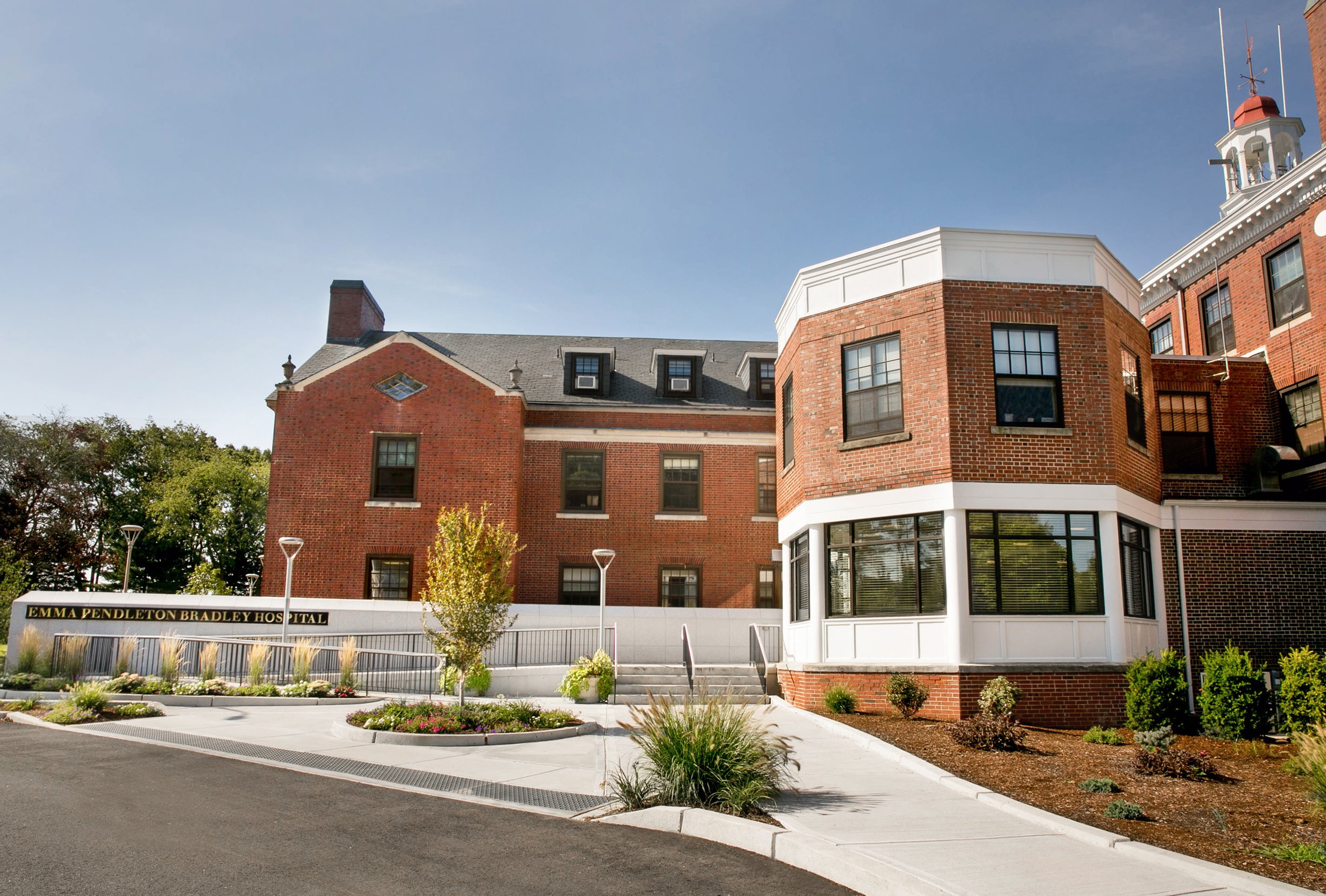
Originally published by ecoRI News, a nonprofit newsroom covering environmental news in Rhode Island. Read more at ecoRI.org
KINGSTON — The level of tiny plantlike creatures called phytoplankton in Narragansett Bay has dropped by half in the past half-century, according to University of Rhode Island researchers and based on a new analysis of a long-term study of the bay.
The news, published by the University of Rhode Island’s Graduate School of Oceanography (GSO), is both surprising and concerning. The URI research is the first such study of Narragansett Bay and offers a baseline look at changes occurring since 1957. It was funded by the National Science Foundation and Rhode Island Sea Grant.
The study shares information from one of the longest plankton time series in the world.
Analyzing the time series of Narragansett Bay, the URI research team found that phytoplankton biomass in the bay declined by 49% from 1968 to 2019. The intensity of the winter-spring bloom, which starts the annual cycle of productivity in the bay, decreased over time and is also occurring earlier each year.
Narragansett Bay is not only a destination for generations of Rhode Islanders and tourists, but a research site for oceanographers at URI’s Narragansett Bay Campus.
“A lot of people live, work and play on the shores of Narragansett Bay,” URI oceanography professor Tatiana Rynearson said. She noted the bay provides important goods and services for the nearly 2 million people who inhabit its watershed. In the dense Northeast, Narragansett Bay stands out as a well-used body of water that sits between Arctic waters to the north and warm waters to the south, a scientific sweet spot that offers researchers a dynamic environment to study.
Much has changed around the bay since 1957, and in it, too.
Considered “primary producers” in the marine environment, phytoplankton are small in size but big in impact, fueling local food webs, indicating environmental quality, and pointing toward climate trends. The local declines mirror those observed elsewhere in the Gulf of Maine, Australian coast, and Black Sea.
One possible silver lining is that variability in phytoplankton biomass may point to resilience in the face of climate change. Researchers hope to examine such trends further, highlighting the need to sustain such marine time series in coming decades.
Rynearson described the impact and importance of phytoplankton as similar to the grass on an African savanna. All the animals rely on the grass, she said. Similarly, phytoplankton are key to the survival of all of the organisms in the bay.
“Phytoplankton are a key food source,” she said, “so this decrease we’re seeing is important.”
The winter-spring phytoplankton bloom kicks it all off early in the year, the start of the annual feeding cycle in the bay. The bloom provides nutrients to many animals, including those coming out of hibernation. With the new research, scientists learned that the bloom is happening five days earlier every decade.
“This event has a big impact,” Rynearson said, “and its timing is important; changes in the ecosystem are very delicate. Everything acts in concert.

Narragansett Bay is one of the most studied estuaries in the world, and its long-running URI plankton survey offers important historical context for the past half-century in the bay. Recent analysis of ocean sampling of the bay reveals plummeting levels of phytoplankton. (URI)
Rynearson said she isn’t sure how the earlier bloom will affect animals’ development, noting that the first step is to understand what’s happening at the base of the food web; next will be to see how it tracks and what’s causing the changes.
The time series’ weekly data results are communicated to GSO and beyond, provided free to two dozen partners across the state, including the state Department of Environmental Management, the Narragansett Bay Commission, nonprofit agencies, and interested academic and government partners.
“This data is of interest to time series studies all over the world,” Rynearson said. “And now that we have information on the status of the phytoplankton at the bottom of the food web, we can set goals for collecting more information across the entire food web, while there is time to influence it.”
The data is captured each Monday at 7 a.m. by the Cap’n Bert, a 53-foot trawler operated by URI’s Department of Fisheries, Animal and Veterinary Sciences that sails out of Wickford Harbor.
“We want this data from the bay to help tell the story of Narragansett Bay and be read by people in and around Rhode Island, the bay and beyond,” Rynearson said. “We want to get people interested. With more people knowledgeable, it’s possible to make a difference.”
Rynearson has directed the Narragansett Bay long-term plankton time series since 2008, including years of accumulated data that only existed on paper in a locked storage room. Digitizing those pre-1997 files was a longstanding goal of Rynearson’s, and she and her team transferred those data snapshots of Narragansett Bay from the analog 1960s through the ’90s, eventually gaining a complete dataset of long-term information on the bay.
“There’s so much value in this one-of-a-kind data, which had been sitting in holding over the decades,” she said.
Rynearson credited the study’s lead author and former URI postdoctoral fellow Patricia Thibodeau, now at the University of New England, with digitizing the data, a nearly yearlong process.
They shared the results with David Borkman, principal environmental scientist in shellfish water quality at DEM, who collected study samples when he was a URI student.
“The plankton time series is extremely valuable,” he said.






